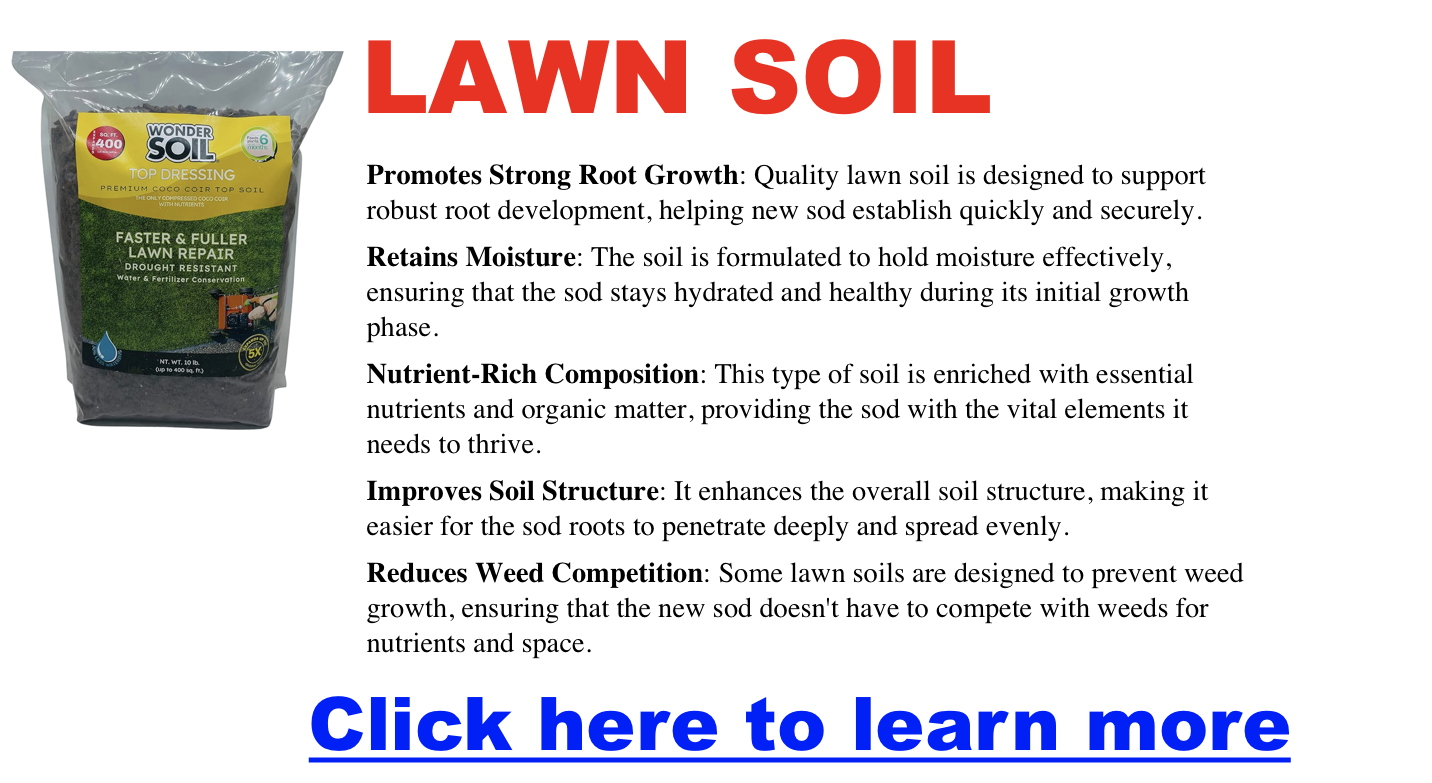How to revive dead grass fast
A dead, brown lawn is a major eyesore and a source of frustration. You want that lush green carpet back, and you want it fast! While there’s no magic wand to restore a dead lawn instantly (unless you call a professional to come and rip it apart and drop sod in), the good news is that you can often revive it with the right steps. The key to getting the fastest results is figuring out what happened to your grass.
Is Your Grass Really Dead?
Before you panic, take a closer look. Brown grass doesn’t always mean it’s completely gone. Some grass types go dormant during drought or extreme heat, turning brown to conserve energy. A quick “tug test” will tell you the truth – gently tug on a handful of brown grass. If the blades break off easily, it’s likely dead. If they hold on, there’s still hope! Dormant grass often greens right back up with regular watering.
It’s Not Magic, But It Can Be Fast
Click here for landscaping ideas without hiring costly designers
Reviving a dead lawn takes a little time and effort. However, you can see significant improvement quite quickly by figuring out why your grass died and taking the right steps. Here’s a timeline to set your expectations:
- Weeks 1-2: Once you address the underlying cause (like adding water in a drought or aerating compacted soil), you should start to see signs of recovery, especially in minor damage situations. New grass seeds will begin to germinate during this time.
- Months 1-3: With continued care (watering, mowing at the right height), your lawn should be well on its way to recovery. Overseeded areas will be filling in, and overall greenness will be improving.
- Beyond 3 Months: With proper maintenance, your lawn should be fully revived and thriving by the end of the growing season.
What to Do If Your Grass is Dead
If your grass failed the tug test, don’t despair. Here’s what you need to do based on how severe the damage is:
- Minor Damage: If you have patches of dead grass or an overall thinning lawn, overseeding is your friend. This involves spreading new grass seed over the damaged areas while also providing a boost with fertilizer to give your existing grass some extra love.
- Significant Damage: When larger areas are affected, look deeper. Soil compaction can suffocate roots. Aerating your lawn will help. A heavy thatch layer can also block water and nutrients – dethatching can make a big difference. If insects or diseases are the culprits, you’ll need targeted treatments.
- Widespread Death: In cases of extreme damage, sometimes starting fresh is the most practical (though not necessarily the fastest) solution. Reseeding a large area or laying new sod can give you the fresh green lawn you crave.
